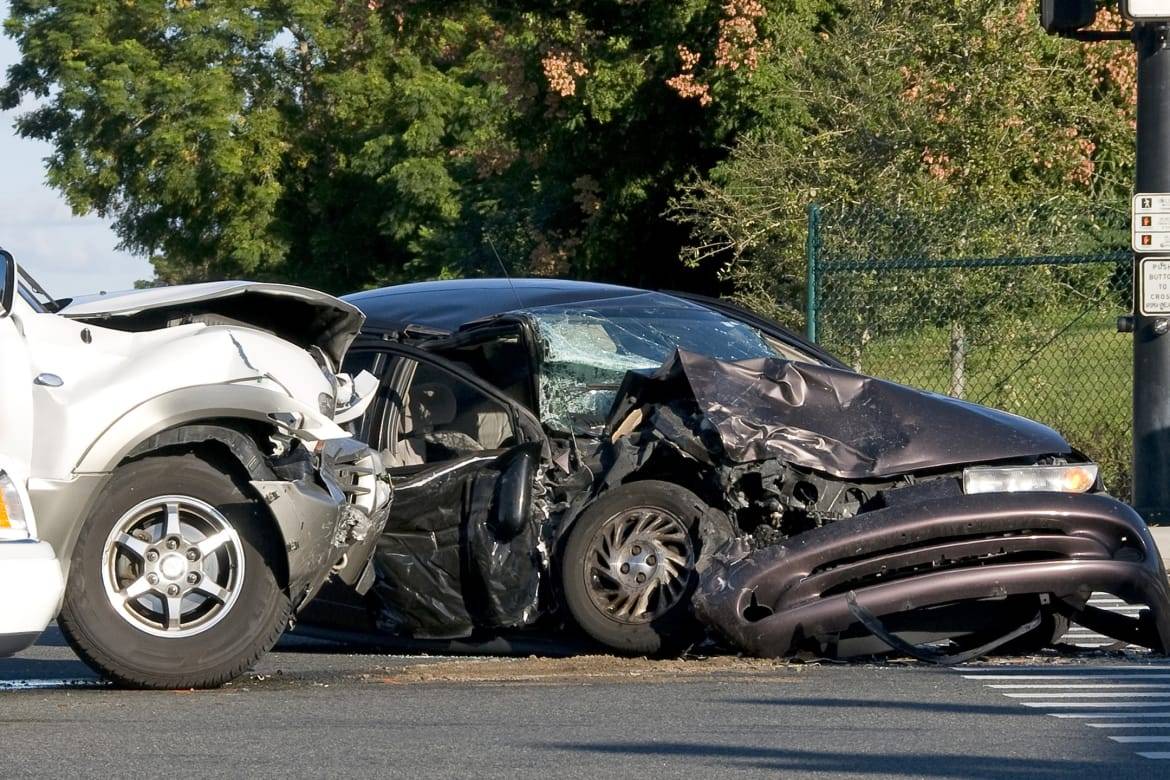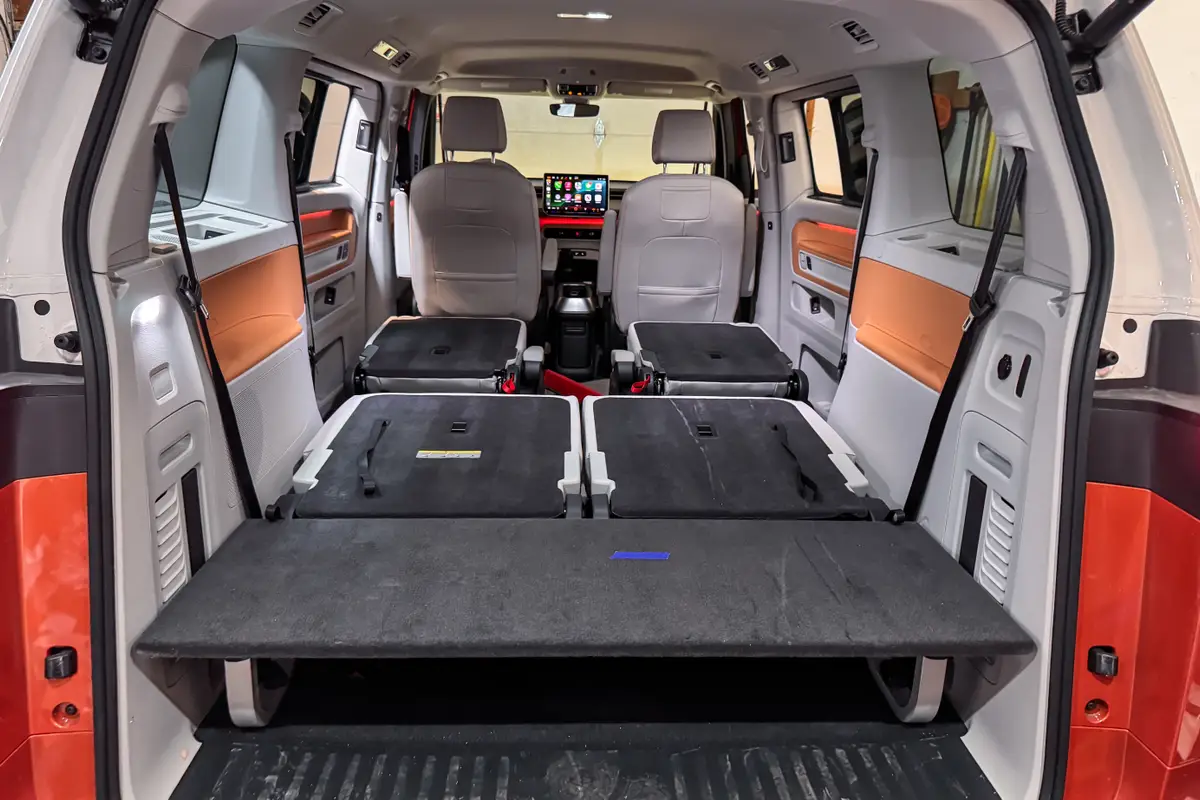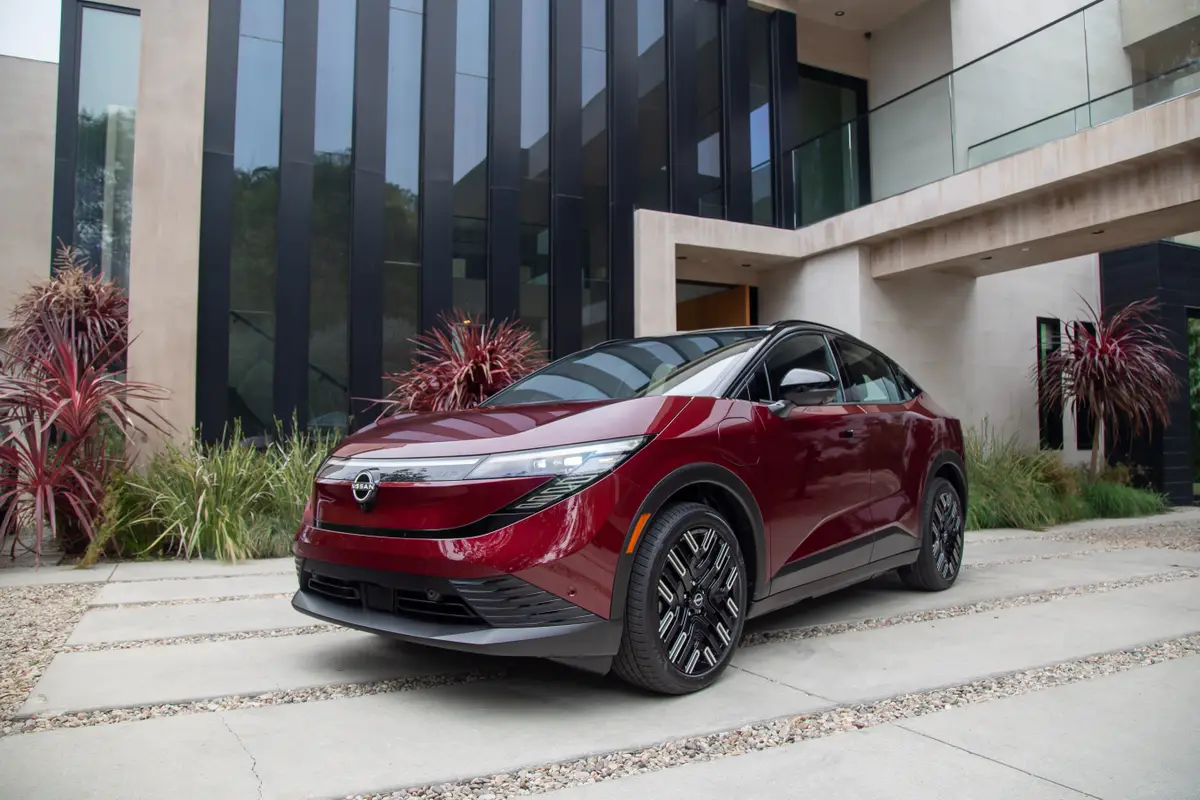Smaller Cars Have Larger Fatality Risks


CARS.COM — Small four-door sedans dominate the list of vehicles with the highest traffic fatality risks, accounting for six of the 10 vehicles with the highest driver fatality rates, according to a new study by the Insurance Institute for Highway Safety.
Related: Summer Driving Carries False Sense of Security
The study looked at model-year 2014 vehicles, as well as previous models that were of the same design, and found that the overall rate of driver deaths is 30 fatalities per million registered vehicle years (one vehicle registered for one year). That was up from 28 for 2011 vehicles. The study used federal crash death statistics, corrected for variations in driver age and gender, and was limited to drivers because not all vehicles have passengers.
By vehicle category, cars had an overall rate of 39 deaths compared to 21 for SUVs and 19 for minivans. But individual vehicle rates ranged far wider, with the smallest cars being the riskiest. A record 11 vehicles had zero driver deaths, and that group was dominated by mid-size and larger luxury models. Meanwhile, the 2014 Hyundai Accent subcompact sedan had the most, with 104 deaths per million registered vehicle years.
Here are the 2014 vehicles with the fewest (seven or fewer) and most (59 or more) driver deaths per million registered vehicle years:
Fewest Deaths
Audi A6 four-wheel-drive, zero
Audi Q7 4WD, zero
BMW 535i two-wheel-drive, zero
BMW 535xi 4WD, zero
Jeep Cherokee 4WD, zero
Lexus CT 200h, zero
Lexus RX 350 2WD, zero
Mazda CX-9 2WD, zero
Mercedes-Benz M-Class 4WD, zero
Toyota Tacoma double-cab long-bed 4WD, zero
Volkswagen Tiguan 2WD, zero
Lexus RX 350 4WD, 2
Ford Explorer 4WD, 4
Mercedes-Benz E-Class sedan 2WD, 4
Mercedes-Benz E-Class sedan 4WD, 5
Audi Q5 4WD, 7
Chevrolet Suburban 1500 2WD, 7
Chevrolet Volt , 7
Mercedes-Benz GLK-Class 4WD, 7
Nissan Pathfinder 4WD, 7
Toyota Venza 4WD, 7
Most Deaths
Hyundai Accent sedan, 104
Kia Rio sedan, 102
Scion tC, 101
Chevrolet Spark, 96
Nissan Versa, 95
Ford Fiesta sedan, 83
Kia Soul, 82
Dodge Challenger, 81
Nissan Titan crew-cab short-bed 4WD, 73
Nissan Sentra, 72
Ford Focus sedan, 68
Chrysler 200, 67
Hyundai Genesis coupe, 67
Ford Fiesta hatchback, 63
Hyundai Accent hatchback, 63
Mitsubishi Lancer 2WD, 63
Volkswagen Golf four-door hatchback, 63
Chevrolet Impala, 60
Dodge Avenger 2WD, 60
Ford Mustang convertible, 60
Nissan Maxima, 59
The study also found that the risk of crash deaths in any car on the U.S. roads has gone up with a better economy that has lowered unemployment rates, resulting in more total miles driven and more vacation and leisure driving, which is riskier than an everyday commute. IIHS forecast that fatalities would peak with an estimated final 2016 tally of 35,411 and then decline slightly each year through 2024.
The increased driving broke a years-long decline in fatality rates that IIHS attributed in its last similar report to better vehicle design and safety technology, such as the electronic stability systems required on all vehicles since 2012. IIHS said that better vehicles can’t eliminate risky driver behavior, and that while crash avoidance technologies and autonomous cars could cut crashes, it will be decades before all cars have such technologies.
“Improvements in vehicle technology are important, but we also need to address old problems such as speeding and driving while impaired,” said Charles Farmer, IIHS vice president for research and statistical services, in a statement.

Former D.C. Bureau Chief Fred Meier, who lives every day with Washington gridlock, has an un-American love of small wagons and hatchbacks.
Featured stories




